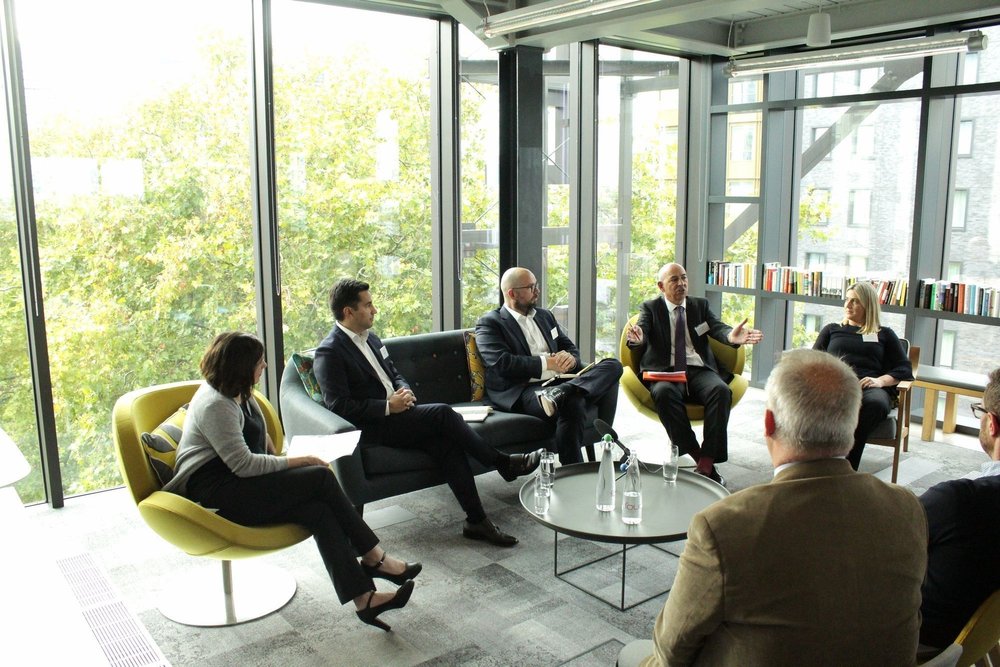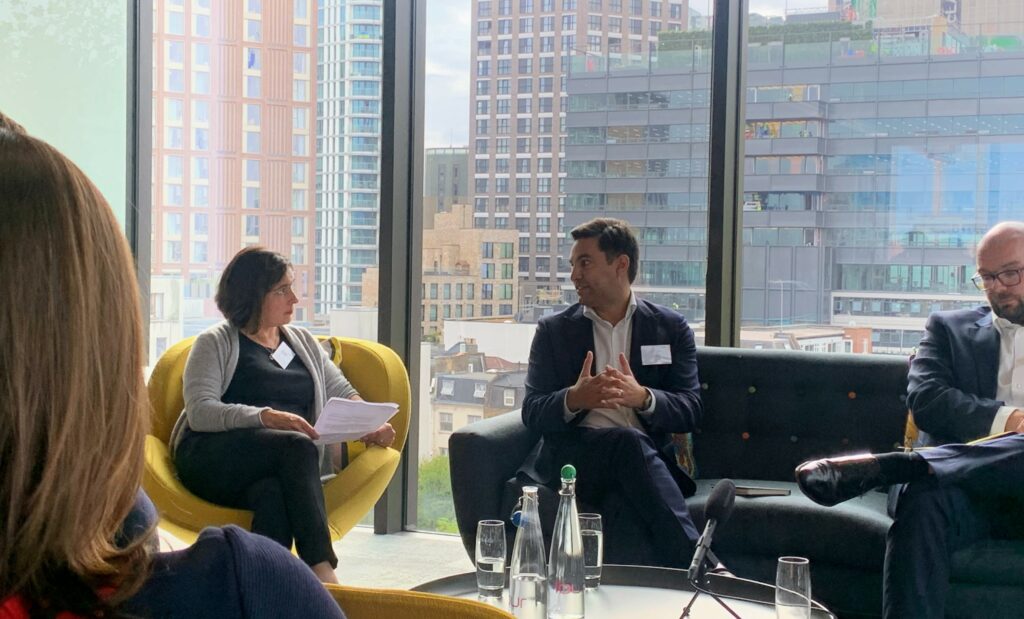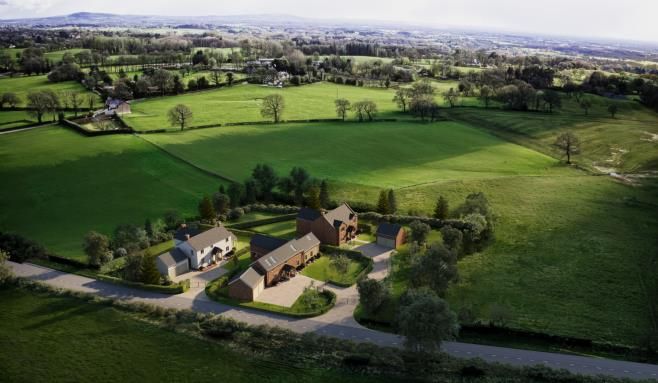Association of Airspace & Rooftop Development: Panel Event Takeaways
ARAD (Association of Airspace & Rooftop Development) recently held a packed panel event to discuss some of the prominent issues around airspace development. The fantastic panel featured speakers Bob Rowbotham from Sancus Lending Group, Katie Jackson from Howard Kennedy LLP, Gillan Newby from Henry Riley LLP – and our very own Lee Francis from CapitalRise. The discussion was expertly moderated by Parul Scampion from Fruition Properties.
Here are the key takeaways from the discussion.
Be realistic with timeframes and don’t assume Permitted Development (PD) is a quick route to development.
Katie Jackson comments that, in the current climate, everything is taking longer. Unlike ground-up projects, developers also need to factor in time for the tenants’ right of first refusal on the airspace, which can take at least two months and can become extremely complicated with the various leases. She adds: “In our experience, PD is taking just as long as full planning – it isn’t the easy entry that some think it is.”
Budget for the unexpected, and aim to have at least 10% contingency funding.
There is a potentially significant process of discovery with airspace projects compared to ground-up sites – it is high risk, often involving an occupied existing structure. “At a recent project, the developer commenced on site and realised the previous owner had just covered up several roof issues underneath. This left them needing to strip and break out extensive structure, a hugely invasive job, which set them back in terms of time and finance on day one and impacted neighbours. You also need to think about and factor in costs, such as scaffolding and access from the outset with welfare facilities being lifted up, as often you have less space at ground level”, comments Gillan Newby.
Build the right project team.
It may sound obvious, but during increasingly challenging times, lenders want to see proof of a strong project team. “This isn’t just the developer and main contractor, but extends to the supply chain too. If off-site construction services are also being used, this adds another layer of risk for lenders and we need to assess this carefully”, comments Lee Francis. “A responsible lender will also ensure that their professional team – including monitoring surveyor, valuer and Legal counsel – are sufficiently experienced and can add value to the project.”
Make the details watertight and disclose everything.
“Remember, lawyers aren’t there to stop the deal, we want to get it over the line. We can remedy most things from a legal perspective but we just need to know, so let us know at the first sight of things moving in the wrong direction”, comments Katie Jackson. Gillan Newby adds: “Don’t be embarrassed or ashamed if you run into issues – be open, share information and tell your funder (and connected parties) as early as possible and we can find a way to overcome issues. Ultimately, airspace is relatively new and can involve complex issues. As such, we are all learning to some degree.”
Consider a JV.
If you can create a JV with another partner, or the freeholder, you can balance out costs and de-risk the project significantly. This is something that Fruition Properties has done successfully on a number of occasions, an approach which Bob Rowbotham says could be wise in future when facing a more challenging landscape.
Think profit margins.
This will naturally vary but both Lee Francis and Bob Rowbotham recommend aiming for between 15-20% and 22-22.5% respectively. Bob adds that “despite the current economic uncertainty, funding for quality schemes in good locations, with the right team, is still available as a good scheme should still stack up despite headwinds.” He caveats that some vendors are expecting unrealistically high prices for their land, as they don’t understand the complexities and costs involved with airspace, so be mindful of this.
Founded by experienced developers, CapitalRise understands the considerations involved in raising finance for projects, including airspace developments. CapitalRise was founded to offer cost-effective property financing that’s faster, simpler and more flexible than traditional sources of capital. Get in touch today to find out more.
Article originally published by ARAD (Association of Airspace & Rooftop Development).





